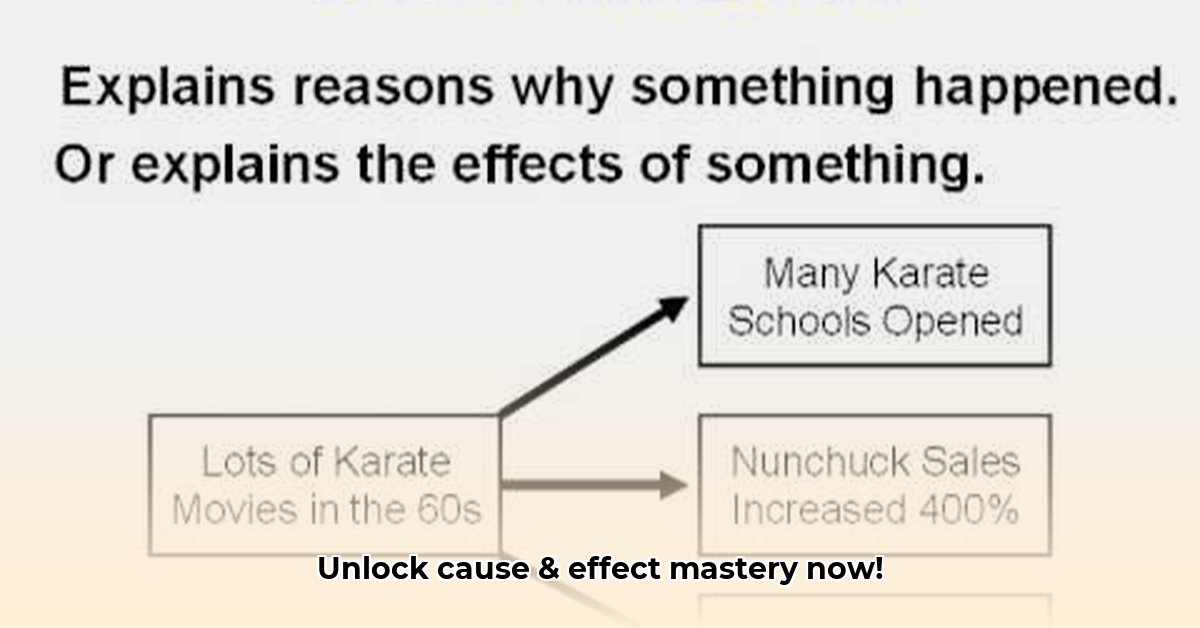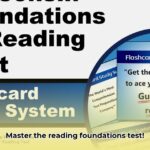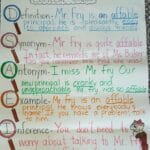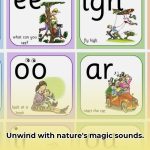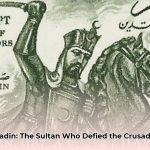Understanding Cause and Effect: The Key to Critical Thinking
Cause and effect is more than just connecting events; it’s the bedrock of critical thinking and comprehension. This guide equips educators with practical strategies and activities to transform how students analyze information, solve problems, and interact with the world. Why is this crucial? Because a strong grasp of cause and effect empowers students to become insightful thinkers and effective learners. Research consistently demonstrates a link between understanding cause and effect and improved reading comprehension, highlighting the need for focused instruction in this essential skill.
Deconstructing Cause and Effect Relationships
A cause-and-effect relationship explains how one event (the cause) leads to another (the effect). Imagine a chain reaction: one event triggers the next. For instance, “Heavy rain (cause) leads to flooding (effect).” While this illustrates a direct relationship, real-world scenarios often involve multiple causes, a chain of events, or complex interactions. This guide delves into strategies for navigating these complexities.
Identifying these relationships requires looking beyond the surface:
-
Signal Words: Words like “because,” “therefore,” “as a result,” “consequently,” “due to,” and “since” often signal a cause-and-effect relationship. They act as guideposts, highlighting the connections between events. However, relying solely on signal words can be misleading.
-
Contextual Clues: Even without explicit signal words, the relationship between events can be inferred from the context. Encourage students to ask, “Why did this happen?” and “What happened as a result?” This encourages deeper analytical thinking.
-
Multiple Causation: Many effects have multiple causes. For example, a student’s failing grade might be due to lack of studying, missing classes, or difficulty understanding the material. Recognizing this complexity is crucial for accurate analysis.
-
Chain Reactions: One event can trigger a series of subsequent events. A small fire (cause) can lead to a building evacuation (effect), which then leads to traffic disruption (another effect). Analyzing these chains enhances understanding of complex systems.
Teaching Cause and Effect: A Practical Roadmap
This section outlines a practical, step-by-step approach to teaching cause and effect, incorporating best practices and actionable strategies proven to enhance analytical skills and reading comprehension.
Phase 1: Building a Strong Vocabulary Foundation
Begin by explicitly teaching cause-and-effect vocabulary. Focus on signal words and phrases, but also emphasize understanding their nuanced meanings. Encourage students to brainstorm examples, use them in sentences, and differentiate between subtle differences in meaning. This foundational understanding is essential for recognizing cause and effect in diverse contexts.
Phase 2: Modeling and Explicit Instruction
Model how to identify cause-and-effect relationships using various text types—fiction, nonfiction, news articles, scientific reports. Think aloud as you analyze passages, demonstrating your reasoning and highlighting both explicit signals and contextual clues. This “thinking aloud” process demystifies the analysis and empowers students to replicate the process.
Phase 3: Scaffolded Practice with Progressive Complexity
Provide scaffolded practice with texts of increasing complexity. Begin with simple examples and gradually introduce more intricate scenarios involving multiple causes, chain reactions, and nuanced relationships. Graphic organizers, like flow charts, fishbone diagrams, and cause-and-effect maps, can help students visualize these complex relationships. Gradually transition from guided practice to independent work as students gain proficiency.
Phase 4: Inferring and Synthesizing Information
Challenge students to move beyond identification and use cause-and-effect relationships to infer unstated causes or effects, synthesize information, and draw conclusions based on evidence. For instance, if a text describes a character’s actions and their consequences, students could infer the character’s motivations. This develops higher-level thinking skills.
Phase 5: Differentiated Instruction for Diverse Learners
Recognize that students learn at different paces and have diverse learning styles. Provide differentiated instruction by offering various learning modalities, such as visual aids, kinesthetic activities, and collaborative projects. Tailoring instruction to individual needs optimizes learning outcomes for all students.
Phase 6: Ongoing Assessment and Feedback for Growth
Regularly assess student understanding using a variety of methods, including quizzes, class discussions, writing assignments, and project-based assessments. Provide specific, actionable feedback that guides students towards deeper understanding and refined analytical skills. This feedback loop is crucial for continuous improvement.
Advanced Strategies for Mastering Complex Texts
This section explores advanced strategies for tackling complex cause-and-effect relationships, particularly in challenging texts like scientific articles, historical documents, and complex narratives.
Leveraging Visual Aids and Digital Tools
Visual aids, such as interactive timelines, concept maps, and systems diagrams, can help students unpack complex scenarios. Digital tools and interactive platforms offer engaging activities, simulations, and personalized feedback, catering to diverse learning styles and enhancing engagement.
Integrating Cause and Effect Across Disciplines
Integrate cause-and-effect analysis across the curriculum. In history, analyze the factors leading to historical events and their long-term consequences. In science, explore the relationships between variables in experiments and natural phenomena. In literature, examine character motivations and the ripple effects of their choices. This interdisciplinary approach reinforces the universality of cause-and-effect thinking.
Addressing Common Challenges and Misconceptions
Students might oversimplify complex relationships, confuse correlation with causation, or struggle with implicit cause-and-effect relationships. Address these challenges by providing ample practice with complex texts, emphasizing critical evaluation of evidence, and encouraging students to consider alternative explanations. Promote robust discussions where students debate different perspectives and refine their analytical skills. This fosters deeper understanding and prepares students for the complexities of real-world analysis.
- Discover Life in a Medieval Castle: Beyond Battles & Banquets: Unveiling Daily Life - August 2, 2025
- Scipio Africanus: Hannibal’s Nemesis: Rise, Fall, and Legacy - August 2, 2025
- Unveiling Superorganisms: Are Ant Colonies One Mind? - August 2, 2025
